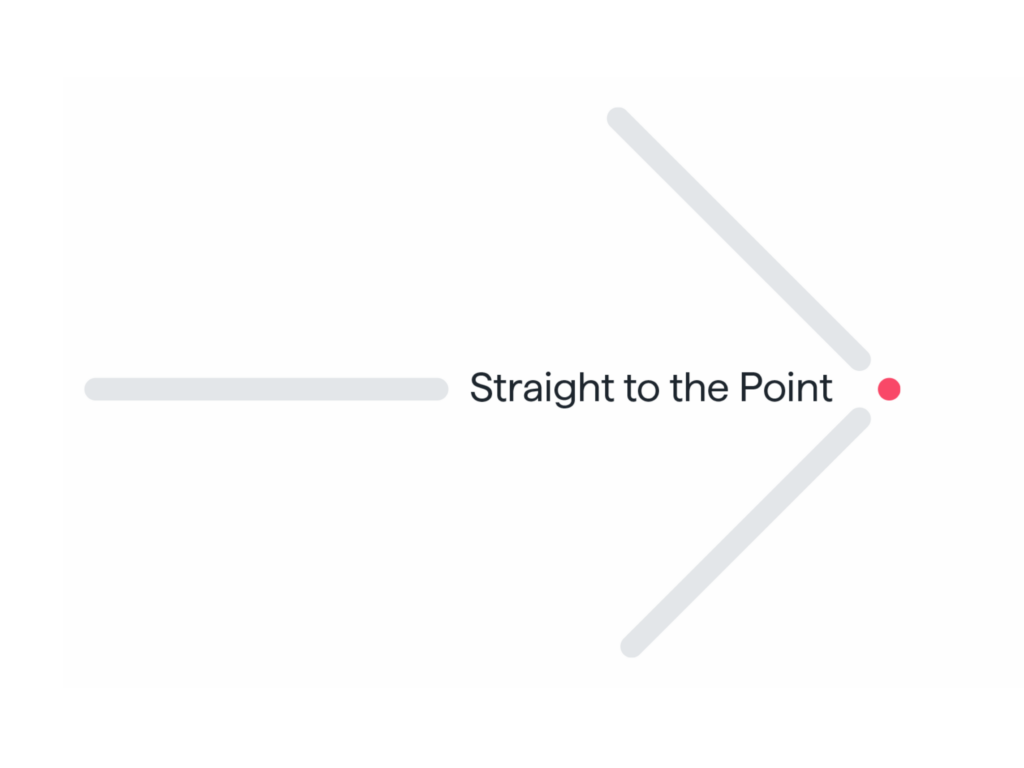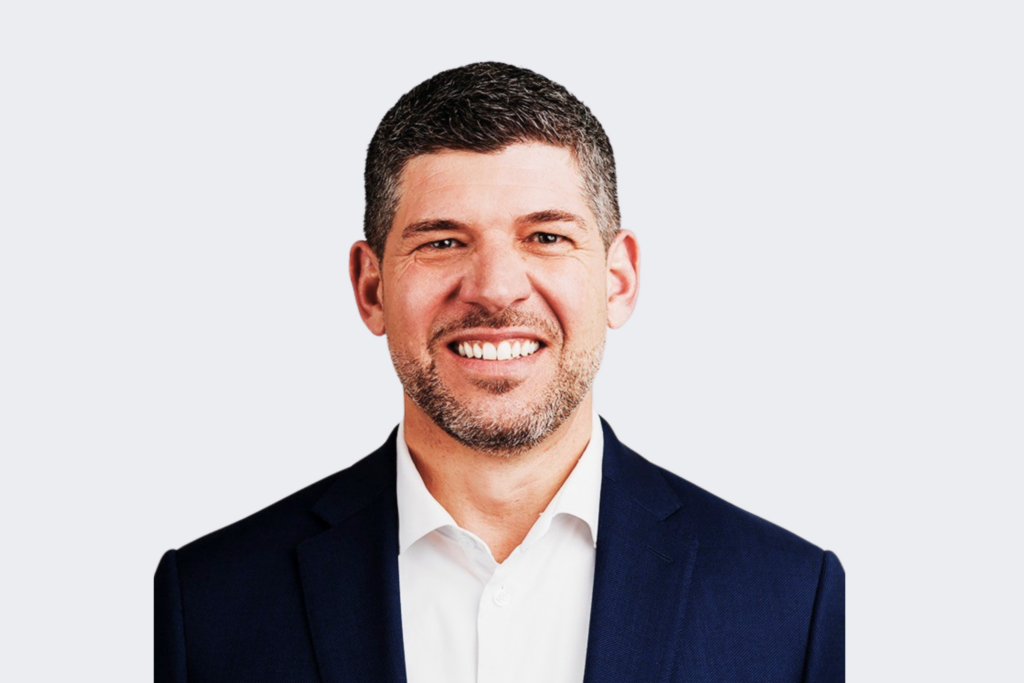Mission Semi-Possible: ETFs Evolve, Regulators Assemble – Patrick O’Brien, Head of Business Development, Ireland

In April the Central Bank of Ireland (CBI) changed its rules on the regularity with which ETFs must report. It’s no longer a daily requirement – managers can now report less frequently. This move was preceded by the Commission de Surveillance du Secteur Financier (CSSF) who paved the way in relaxing transparency requirements for active ETFs in December 2024.
This means semi-transparent ETFs are coming. When they do, Europe’s investors will have a much wider choice of products. Carne’s Head of Business Development, Ireland, Patrick O’Brien explains what we might reasonably expect.
Mission Semi-Possible: ETFs Evolve, Regulators Assemble
Patrick O’Brien, Head of Business Development, Ireland
Client demand
Semi-transparent ETFs are coming.
This new product type comes thanks to a change in the rules, from both the Luxembourg and Irish regulators. Both the CBI and the CSSF now allow managers to disclose portfolio holdings monthly or quarterly, not daily, and maintain a competitive edge.
In some respects, this move is not a new factor. Market participants have discussed this for many years, while client demand has evolved towards it.
That demand – from retail investors to large institutions – will always be based on access, cost and performance. And I would expect demand for semi-transparent ETFs is likely to be no different.
It could be big news for Europe’s managers – and those coming here from the States.
This is because semi-transparent ETFs can be a demonstrable growth area for clients. They are based on a familiar product – the ETF – that sits comfortably in a UCITS III wrapper. This is all recognisable, comfortable territory for just about everyone in the investment value chain.
In fact, I liken it to a move a while back whereby UCITS III products became open to derivatives. Some commentators found this change a bridge too far, but we welcomed it – because gives end clients the choice they so obviously require.
This move is likely to be the same. We’ll see managers launching products, discovering what clients ultimately prefer, and the market will evolve onwards, as it should.
It’s hard to picture semi-transparent ETFs becoming the dominant mode of investment product, but it will find its position in the array of options. Europe’s investors will be all the better for it.
Market infrastructure
What we know about such changes is that they take time to play out. Yes, this will most likely be a material growth area for managers and yes, to my mind, many managers already have semi-transparent ETFs already on the drawing board. But we won’t see much activity straight away.
That’s because managers must assemble the right talent for their plans and the providers of infrastructure must get up to speed – and scale – to accommodate the likely future market.
That never happens overnight.
As it plays out, and as managers find their sweet spots, I think it reasonable to expect issuers to place pressure on the Authorised Participants and market makers to also get up to speed and find their own sweet spots.
How long will this take? Perhaps five to ten years before investor demand is fully met would be a reasonable estimate.
Over that time, and as demand opens the door more fully, we will see a greater proliferation of new entrants, solutions and services – with more APs and more specialists as the market evolves – and that’s normal and healthy.
What I think we’ll be unlikely to see much of is cannibalisation of existing products. There’s room for everybody.
And that’s what makes the Irish and European markets so interesting.
Catch Patrick O’Brien’s views in an Ignites Europe webcast, alongside other experienced fund practitioners. You can watch the recording here.








